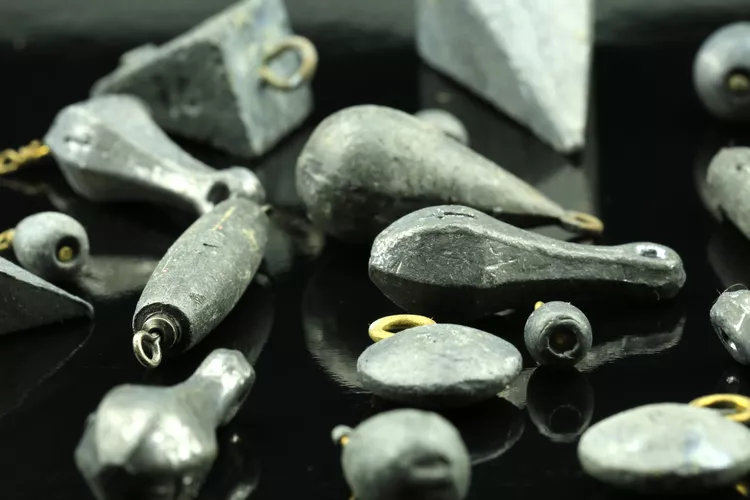How much weight do I really need, and what kind of sinker should I use?
How big a fishing sinker do I need? How much fishing weight do I use? Which sinker do I use? The answer may surprise you!
Sinkers, the essential components of your terminal tackle, perform the critical function of sinking your bait into the water. Many anglers often overlook the importance of sinkers, simply attaching one and hoping for the best. However, selecting the appropriate fishing sinker with the right weight can significantly impact your success in catching fish.
Sinker Material
The majority of sinkers are crafted from lead. The lead is melted and poured into molds to create various sinker shapes. Although lead is the most commonly used metal, some states have prohibited its use in fishing tackle. Consequently, there are alternative sinkers made from bismuth or tungsten, both of which are heavy yet expensive and have much higher melting points than lead. For this guide, we will focus on lead sinkers.
Types of Sinkers
Sinkers come in various shapes and sizes, ranging from 1/32 of an ounce to several pounds. Some anglers even utilize old-fashioned window sash weights in deep water fishing scenarios. In our experience, three primary types of sinkers suffice for most fishing activities:
- Egg Sinker
These standard sinkers, commonly used for bottom fishing, are round or oblong with a hole in the center. Often referred to as slip sinkers, they are positioned above the swivel on the fishing line. When a fish strikes, the line moves through the sinker, ensuring that the weight remains undetected by the fish. Egg sinkers are ideal for offshore bottom fishing with live bait, allowing a more natural movement of the bait. - Bank Sinker
This sinker—alongside pyramid sinkers—is predominantly used in offshore bottom fishing or in current situations. The teardrop shape, which allows line attachment at the top, keeps the sinker on the bottom while positioning the bait above it. A popular method involves tying a loop roughly two feet long on the end of the line, leaving a 12 to 14-inch tag end. This setup, commonly known as a chicken rig, is effective for targeting red snapper, sea bass, and other bottom fish. Furthermore, the loop design enables easy weight adjustments without cutting the line, accommodating weights up to 12 ounces. - Rubber Core
Rubber core sinkers, long favored by many anglers, are user-friendly, allowing for quick addition or removal from the line without cutting or re-tying. These sinkers are effective for shallow water fishing, particularly when targeting species such as redfish or mangrove snapper. They ensure the bait stays on the bottom in a current, often requiring only half an ounce or less of weight. The quick adjustment capability is particularly advantageous when encountering snags, as the entire sinker will detach without damaging the line.
These three types of sinkers comprehensively meet the demands of various fishing situations, consistently delivering results.
Bottom Line
Lastly, it is crucial to remember this advice regarding sinkers: never use more weight than necessary to reach the desired fishing depth or to place your bait on the bottom. Excess weight can hinder your ability to detect fish bites, making casting significantly more challenging. For instance, retrieving a 12-ounce weight from 130 feet of water can become tedious very quickly. If a lighter weight of 4 or 6 ounces suffices, it will lead to less fatigue and a more enjoyable fishing experience. In the case of sinkers, less truly is more!





